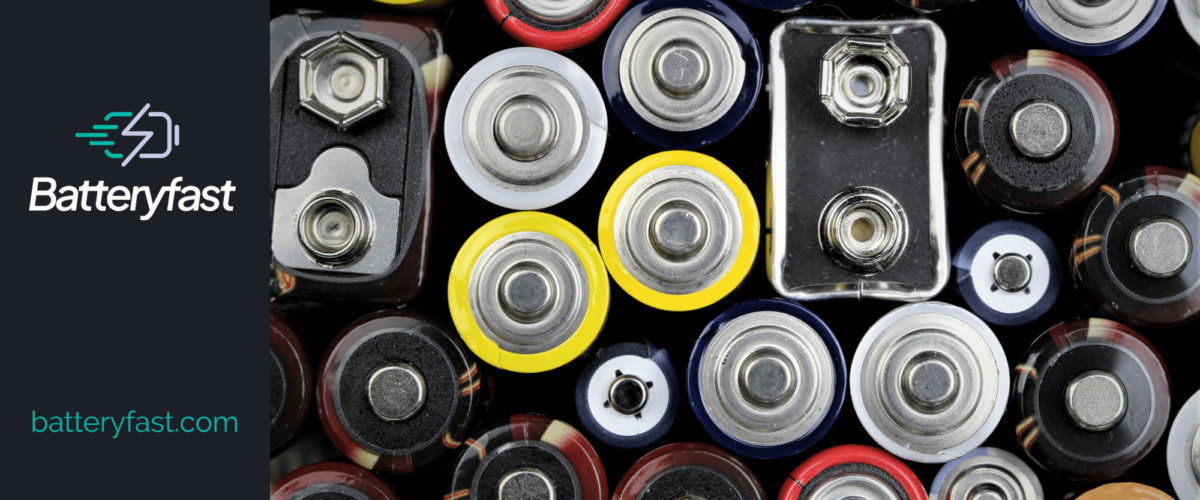Potatoes are not a source of electricity in themselves but can act as batteries, as can many other fruits and vegetables, including strawberries and bananas. A potato battery is quick to make and you only need a few pieces of copper wire, pennies, zinc-plated nails, and an LED light bulb to see it live in action.
Potato batteries work by conducting electricity between two different metals, acting as an electrolyte thanks to their concentration of potassium, sodium, and chloride ions. In most cases, the metals used in this experiment are zinc, which acts as the negative anode, releasing electrons, and copper, which acts as the positive cathode, receiving electrons – but other metals will also work. In a typical potato battery, the zinc from the nails very slowly breaks down, releasing electrons which travel through the potato towards the copper. This electron journey creates an electric current producing enough voltage to power a low-energy appliance, such as a small light bulb, for a short amount of time.
A single potato battery produces around half a volt of power so you’d need at least six to power a three volt LED light bulb. If you were looking to charge your phone, you’d need a lot of spuds!

